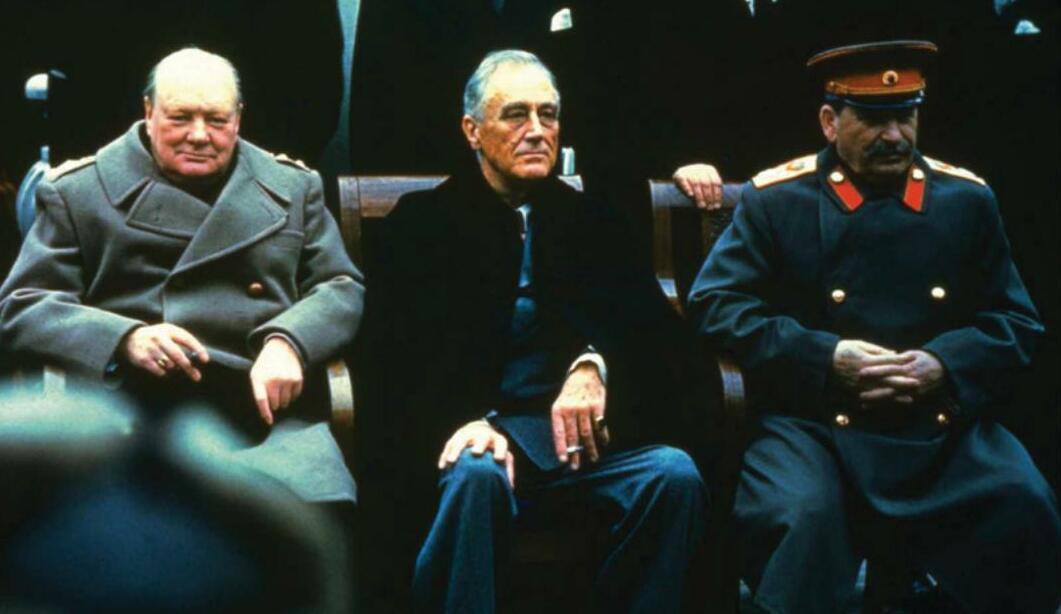
Q: What was the Cold War and why do we refer to it as such?
A: To put it simply, the Cold War was a political, ideological and economic conflict that broke out in the years after World War II and lasted up until 1991. The two main protagonists were the United States and the Soviet Union, along with their respective allies (the western and eastern blocs). Of course, it was much more complex than that.
As to the name: a war will turn 'hot' when it involves open fighting, whereas a 'cold war' is a battle of ideology. The Cold War of the second half of the 20th century did, in various instances, become a physical conflict as there were lots of wars by proxy, such as in Korea and Vietnam. But fundamentally it remained peaceful and certainly was not what the two world wars had been.
Q: What were the ideologies of the two opposing sides?
A: The United States, and its chief ally Britain, were capitalist and democratic countries, while the Soviet Union was a communist state - the first significant communist country to come out of World War I. The Soviet ideal was an internal system for making life more equitable and level, but more broadly there was a belief that if communism was to succeed then the Russians would have to export that mentality to other countries around the world.
So, in the interwar years - particularly after Joseph Stalin came to power - the idea of a global communist revolution took hold. This was strongly opposed by the west, but the two sides would become allies in World War II (see page 38). In the aftermath of the war, Soviet expansion took on a renewed vigour and became more overt: not just in a political-ideological way, but increasingly in a military way, too. The east and west became embroiled in a battle for ideas, for people, for land and for territory. And later, this battle would become characterised by the threat of nuclear war.
This story is from the {{IssueName}} edition of {{MagazineName}}.
Start your 7-day Magzter GOLD free trial to access thousands of curated premium stories, and 9,000+ magazines and newspapers.
Already a subscriber ? Sign In
This story is from the {{IssueName}} edition of {{MagazineName}}.
Start your 7-day Magzter GOLD free trial to access thousands of curated premium stories, and 9,000+ magazines and newspapers.
Already a subscriber? Sign In
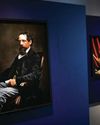
'Dickens's evocation of the fears, excitement and confusion of childhood is peerless'
DR LEE JACKSON ON WHY CHARLES DICKENS REMAINS RELEVANT TODAY
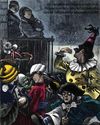
THE AUTHOR GOES ABROAD
Dickens expanded his horizons and boosted his fan-base by venturing overseas - but global fame came with a cost
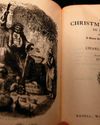
REVIVING THE FESTIVE SPIRIT
A Christmas Carol wasn't just a bestseller - it changed the way that Britons chose to mark the festive season

GIVING THE POOR A VOICE
From Hard Times to Oliver Twist, Charles Dickens used his pen to help illuminate the lives of the less fortunate
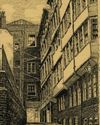
A JOURNEY THROUGH DICKENS'S LONDON
The works of Charles Dickens are synonymous with visions of Victorian London. We talk to Dr Lee Jackson about the author's love of the capital, and the locations that most inspired him
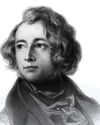
EXCEEDING EXPECTATIONS
Dr Lee Jackson chronicles Charles Dickens's journey from down-at-luck teenager to titan of Victorian literature
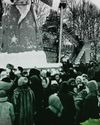
GIFTS, TREES & FEASTING
We take a journey through the photo archives to reveal how Christmas and its many traditions have been celebrated over the years - and around the world
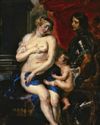
WHAT GREAT PAINTINGS SAY
We explore the story behind an allegorical painting that celebrates the triumph of love over hate, peace over war
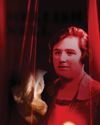
HELLISH NELL
Malcolm Gaskill delves into the life of Helen Duncan - the fraudulent Scottish medium whose ectoplasm-filled seances saw her ending up on the wrong side of the law
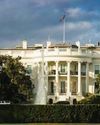
7 THINGS YOU (PROBABLY) DIDN'T KNOW ABOUT THE WHITE HOUSE
Presidential historian Dr Lindsay M Chervinsky reveals some of the most surprising facts about the world-famous US residence